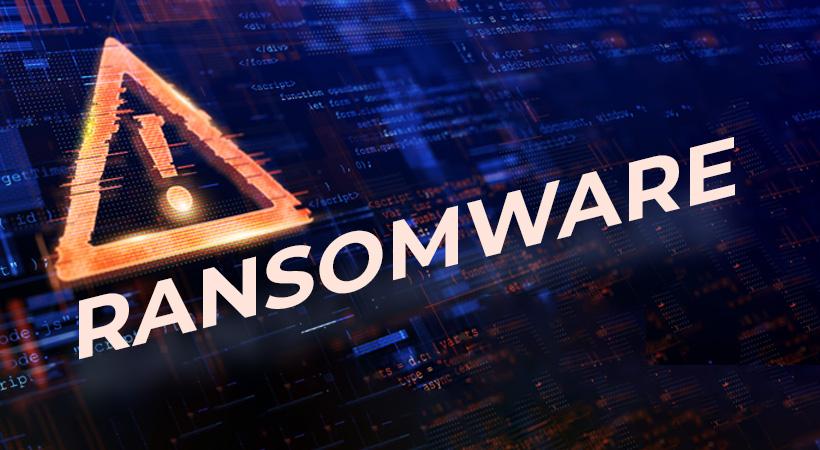In the ever-evolving landscape of cyber threats, Jopanaxye emerges as a formidable adversary, belonging to the notorious Phobos family of ransomware. This malicious software employs a multifaceted approach, encrypting files, deactivating firewalls, and exploiting vulnerabilities in Remote Desktop Protocol (RDP) services. This article delves into the actions, consequences, detection methods, and prevention strategies associated with the Jopanaxye ransomware, shedding light on the growing threat landscape.
Jopanaxye: Actions and Consequences
Jopanaxye operates as a crypto virus, encrypting files and appending the “.jopanaxye” extension to filenames. Upon successful encryption, victims are left with files that bear a distinct identifier, including the victim’s ID, the email address “jopanaxye@tutanota.com,” and the appended extension. The ransomware leaves behind two ransom notes, “info.txt” and “info.hta,” outlining the attackers’ claims to have accessed confidential information, including employee data, customer details, accounting records, and internal documentation.
The ransom note serves as a coercive tool, warning victims about the potential consequences of non-compliance, including the sale of stolen data on the black market. Contact information, such as an email address and Telegram username, is provided for negotiation purposes, with the attackers demanding payment for decryption programs and promising data deletion upon receipt of payment.
Jopanaxye: Detection Names and Similar Threats
Detection names for Jopanaxye include Avast (Win32:Phobos-D [Ransom]), Combo Cleaner (Trojan.Ransom.PHU), ESET-NOD32 (A Variant Of Win32/Filecoder.Phobos.C), Kaspersky (HEUR:Trojan-Ransom.Win32.Phobos.vho), and Microsoft (Ransom:Win32/Phobos.PM). It is crucial to stay vigilant and employ updated security software to detect and mitigate such threats promptly.
Similar threats within the ransomware landscape include Cdaz, LIVE TEAM, and Shuriken, each presenting unique challenges and tactics. Understanding these threats contributes to a more comprehensive cybersecurity strategy.
Jopanaxye: Removal Guide
If you suspect Jopanaxye infection, follow these thorough removal steps:
- Isolate the Infected System: Disconnect the compromised computer from the internet and any network-shared devices to prevent further damage.
- Ransomware Detection: Use a reputable antivirus program to perform a full system scan and identify the presence of Jopanaxye.
- Manual Removal (if necessary): Follow manual removal instructions tailored to Jopanaxye’s characteristics, considering its multifaceted approach.
- Data Recovery: If feasible, attempt data recovery using available backup copies, as paying the ransom is discouraged.
- Security Updates: Ensure that your operating system and antivirus software are up to date to patch vulnerabilities and strengthen defenses.
Preventing Future Infections
To mitigate the risk of ransomware infections, adopt the following best practices:
- Exercise Caution Online: Avoid clicking on suspicious links, opening email attachments from unknown sources, or downloading files from unreliable websites.
- Regular Backups: Maintain regular backups of essential data to facilitate recovery without succumbing to ransom demands.
- Software Updates: Keep your operating system and security software updated to patch vulnerabilities and enhance protection.
- Educate Users: Foster awareness among users about cybersecurity risks, emphasizing cautious online behavior and recognizing phishing attempts.
- Network Security: Implement robust network security measures, including firewalls and intrusion detection systems, to fortify against external threats.
Conclusion
Jopanaxye exemplifies the evolving and sophisticated nature of ransomware threats. By understanding its actions, detection methods, and prevention strategies, users can bolster their defenses and navigate the digital landscape more safely. Vigilance, regular backups, and adherence to best practices remain critical in the ongoing battle against such cyber threats.





